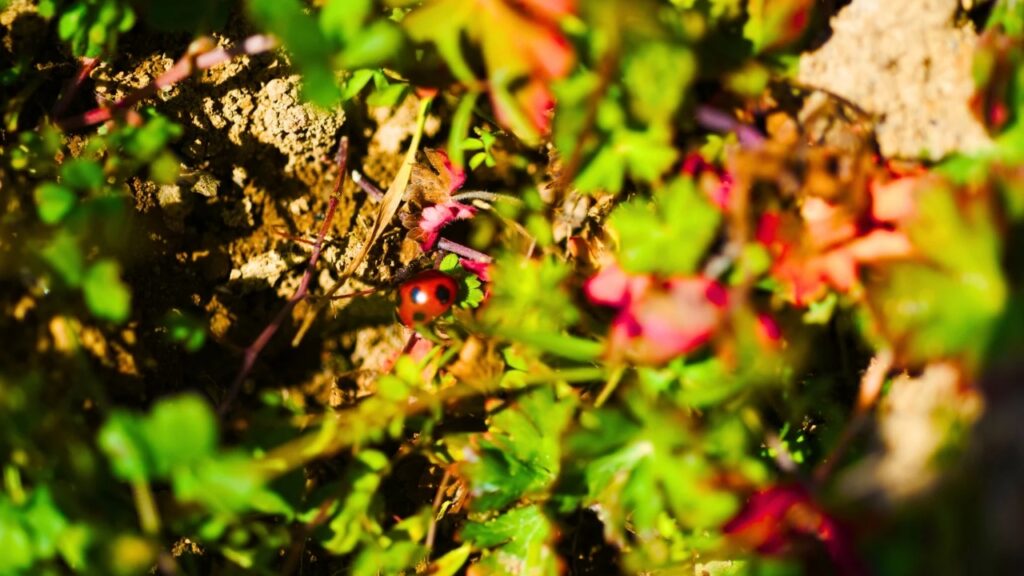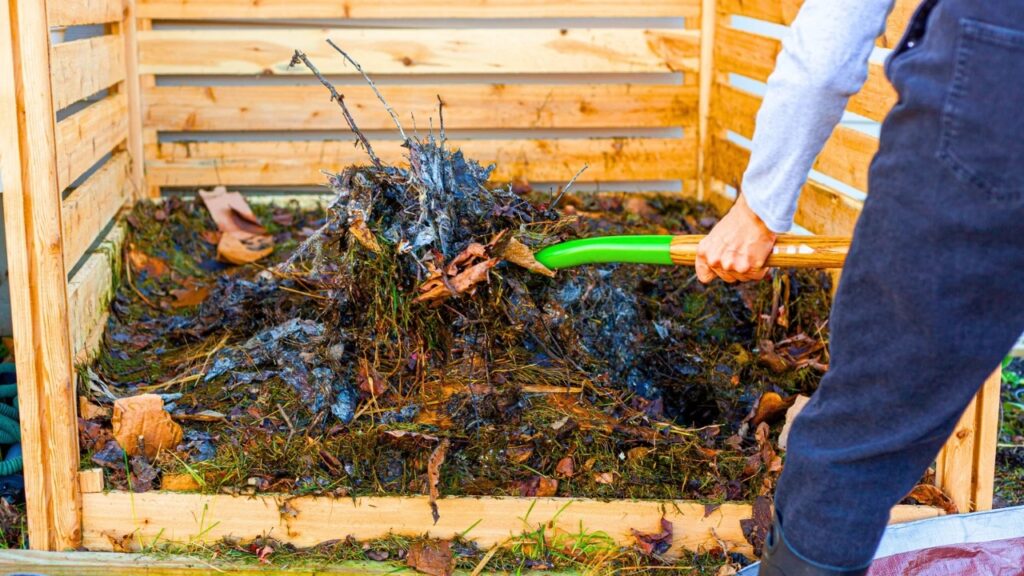Before you know it, spring will be here, and you’ll be engrossed in the hectic process of sowing seedlings, watching them grow, and tending to your vegetable patch as it blossoms with fresh life.
Plan your ideas and start scheduling for the next planting season during the slower days of the winter months. Check out our handy guide for excellent tips on preparing your landscape for spring.
1. Order Summer Flower Seeds and Bulbs:

On a chilly, rainy day, buying seeds and tubers for summer blooming plants is the perfect thing to do. Lilies and all other blossoms can be purchased during the colder months to be grown in early April.
Make the most of your time indoors by browsing our website or portfolio to discover some original, imaginative suggestions for flowers and seedlings that will sprout and thrive this year.
2. Arrange Beds and Floral Boundaries:

Do a general sweep-up, removing twigs and other debris from the edges and flowers from the borders. If you want to be wildlife-friendly, you should wait until the beginning of April to trim the old, decomposing sprouts of terrestrial herbaceous plants and evergreen grasslands.
Restore boundaries and beds to their original condition. Add the decomposing biological material to the compost heap or container to allow it to break down once it has been removed. Remove any obvious invasive plants and dispose of them in your brown basket or burn them right away.
These should not be composted because the pieces that germinated will sprout and bring you further problems later.
If the substrate is workable, add a five-centimeter layer of decomposing material, such as compost, well-rotted fertilizer, or recycled colorful rubbish, to the outermost section of your empty landscape.
3. Clean and Wash Your Greenhouse:
In order to prepare your nursery for the spring clippings and sprouts, now is the ideal time to properly disinfect it. To get rid of any lichen, algae blooms, or regular dirt, clean the outside of your conservatory with an antibacterial agent or cleanser.
In addition to providing more light throughout the developmental stage, this will remove potential hiding spots for parasites and disease. Because even the smallest cracks can harbor infection and hibernating bugs, it is also crucial to decontaminate the interior of the windshield.
Use a warm mixture of landscape disinfection agent, such as Jeyes Liquid, to sanitize the area after removing any vegetation waste from the seating and surface.
While you’re there, clean the planters and seed containers to help protect your young sprouts from diseases like “wilting off.” To guarantee thorough drying over the next two weeks, make sure the conservatory has adequate airflow.
Spend some time inspecting the structure for any broken glass or damaged ventilation and fixing any damaged parts after your nursery has been completely cleaned and polished.
4. Plant Any Seeds That Need A Long Time To Grow:

Seedlings of plants that need a long growing season, such as begonias, eggplants, peppers, and marijuana (pelargoniums), can be planted in early January or February.
They must be started in a warming propagator or something similar to ensure good development.
5. Locate and Remove Landscape Insects:

To save a lot of trouble in the summer and spring, find and get rid of hibernating bugs right away. Look attentively at the heads of your perennial plants to check for any worms, beetles, or grasshopper groups hibernating for the winter.
If you haven’t already, take the summer bedding out of the containers from the previous season. Keep an eye out for the little pupae of white-vine nematodes, which live in the manure and feed on plant sap.
This year, be prepared to use pathogenic fungus or chemical-based soakings to treat the expanding worms. Get rid of any insects you find.
6. Insert The Water Barrel And Start Collecting Rainwater:

Install a water barrel in the winter to optimize the landscape’s annual precipitation. Since most of the precipitation occurs in the winter, now is the ideal time to collect it! Rainwater collection is essential for environmentally conscious landscaping. During warmer seasons when freshwater use peaks, water suppliers often have to use groundwater resources and streams, which is costly for consumers and detrimental to the environment.
Moreover, rainwater is the best type of freshwater for plants. Rainfall is the best source of water for ericaceous plants, including orchids, blueberries, and camellia blossoms, because tap water might occasionally have a slightly alkaline pH.
When you build your water barrel, place it below a downspout from your home or garage. If your drain line is clogged, you will need to buy deflector equipment to remove part of the rainfall.
7. Move Woody Bushes Around:

This is a perfect time to move woody shrubs because they will still be hibernating in the winter. Relocating shrubs on a calm day will prevent the breeze from removing the foliage.
Dig a hole around the plant and create a wide shoulder berth. Try to get rid of as much of the root sphere as you can so that it can quickly regrow in the new location.
When your shrub is back where it belongs, take sure to give it plenty of water and to plant it at the same depth as previously.
8. Maintenance of Barriers, Gates, and Trellises:

The greatest time of year to complete those annoying low-maintenance chores is during the colder months. Check the scaffold, barriers, and fencing boards for signs of weather-related damage or degradation. If you fix any damaged structures right away, you’ll have more time to invest in the greenhouse in the spring and summer. Fix any broken structure or components.
After that, clean the fencing boards and entryways with a high-pressure washer to remove dirt, mold, and lichen.
Use a firm brush to help remove stubborn dirt. After allowing the wood to completely dry, apply two coats of varnish, paint, or hardwood preservation agent to its surface on a day without any precipitation.
9. Clean and Sharpen Your Gardening Tools:

Sterilize and upgrade your equipment over the winter months. By keeping gardening equipment in excellent shape, you may extend its lifespan, save money over time, and prevent the spread of disease.
Unclean pruning scissors are known to spread bacteria and fungi to freshly cut tissue.
Use sterile water and a powerful cleaner to properly clean bladed equipment. Additionally, cleaning your tools will improve their performance; they will be easier to use and clip with neater slashes. Lubricate cutters and joints after they have been sharpened.
Additionally, manual tools such as shovels, hoes, sweeps, and excavations will benefit from a complete cleaning and lubrication.
10. Create a Space for Decomposition:

If you haven’t already, now is a wonderful time to begin an organic matter patch in your landscaping. There are two simple ways to deal with this: buy a pre-made manure bucket or construct your own with spare logs.
You can get rid of all your biological waste in a composting yard. When it has broken down, you will have a lovely, nourishing fertilizer that your plants will love.
Along with yard trimmings, make sure you have a suitable mix of vegetable trash, hardwood, and parchment. In order to maintain its aeration and expedite the process, you also need to change the fertilizer using a gardening tool once a month.

